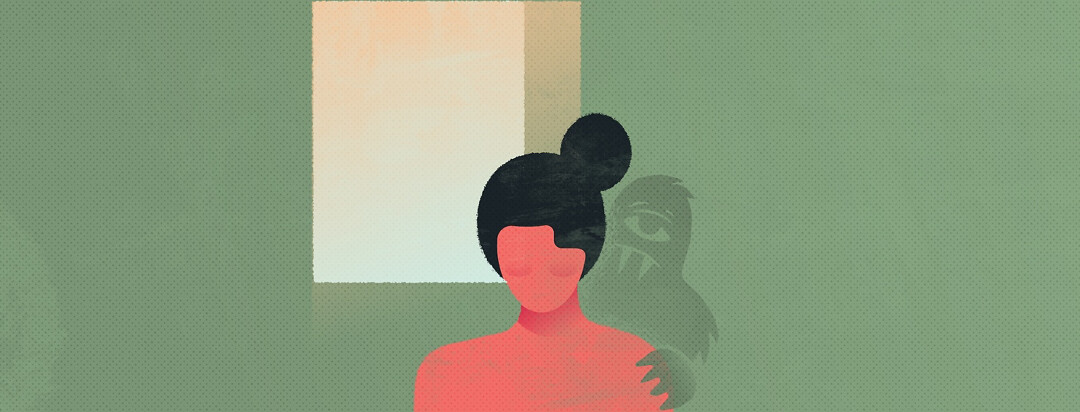What Fatigue Really Feels Like
The concept of a "rest day" never really crossed my mind until I found myself experiencing serious ankylosing spondylitis fatigue. About a year before my diagnosis is when I started finding myself feeling exhausted for long periods of time, especially if I pushed myself too hard. Suddenly one stressful Thursday left me down and out all weekend.
At first, I could blame fatigue on my lifestyle. It was work. It was after-work drinks. It was long chats with friends at night. It was my active social life in NYC literary scene — always writing, always going to poetry readings. It sounds stereotypical, perhaps, but I loved and lived for the chase; I wanted art and conversation and to always go at full-speed, creating and working and writing.
Eventually, fatigue sort of took over
And then, around 2017, things just changed. I started realizing that fatigue followed me everywhere I went. It was not only reactive (to my activities, for example), but it just sort of took over. It felt like I was walking through a curtain of molasses at all times. The thought of going to dinner with friends or walking to the subway was mind-blowing. Cue images of trudging through a winter storm up a mountain or Sisyphus, pushing that rock up the mountain in Hades for all of eternity.
It may sound hyperbolic, but it felt like that for years. Like I just couldn't bring myself to do anything. Getting to my job was an absolute priority; everything else — my social life, my creativity, my mental health — fell around that, as if work was the only thing my tired life could fit within it (capitalism is a b*tch).
It followed me
The fatigue followed me at work. I'd sit staring at my computer screen, re-reading the same lines again and again. A walk to the kitchen to get coffee or water was like, "f*ck, this walk again?" I was 32. I was young. I was ambitious. I was a take-initiative type. And I was mostly "healthy" looking. And yet, chronic illness doesn't discriminate. If it catches you in its grasp, it's gonna make you feel like you're attached to a lead anchor.
At home, I'd lay down and feel like I'd never get up again. I didn't necessarily need to sleep. I just needed to hit an invisible "off" button. It isn't just physical. It's mental. It's emotional. There's just no space, no memory; as if the body is a hard drive incapable of holding any more files. Everything feels like one long sigh.
And then you wake up and — bam — the energy is back. And you're cleaning and dancing and signing up for dance classes and painting classes and seeing friends (all of which you will pay for somehow).
It has a pattern
It sounds bleak, I know — but in some ways, you start to notice fatigue's pattern. You start to work around your low-energy periods. You start prepping and planning with more foresight. Sometimes you might even lean into the fatigue and reframe it. There are certainly days where I make it a cozy experience — candles lit, order-in dinner, a good book I read slowly, and fewer tasks.
I won't lie. It's frustrating. It sometimes pops up out of the blue, whereas sometimes you can go months without it clawing at your back. But it's part of my life now. Instead of feverishly trying to solve it, fix it, understand it, or control it, I now accept when I have my low-energy days and see it for what it is.
How do you deal with fatigue's ups and downs?

Join the conversation